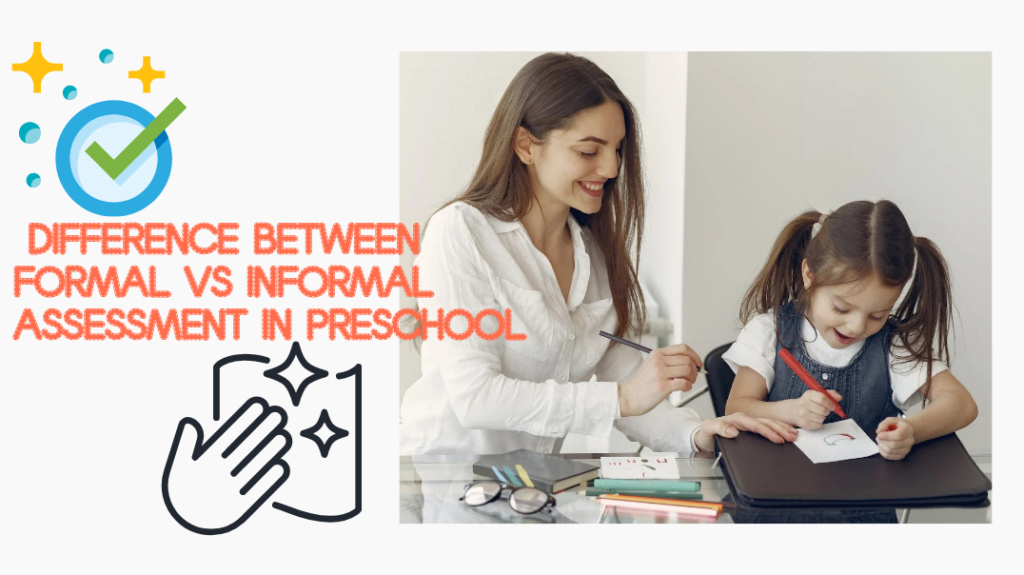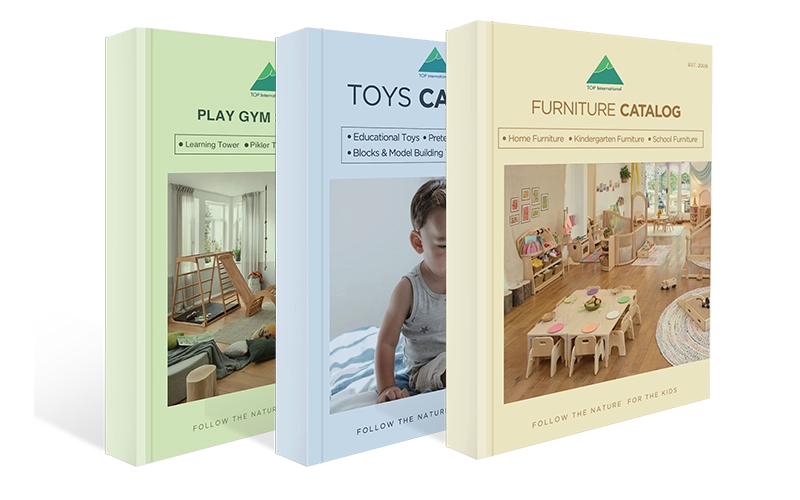Are you struggling to understand the value of formal vs informal assessment in preschool? Do you wonder which one truly reflects your students’ progress? Is observation enough, or do you need structured tests to measure growth accurately?
Formal vs informal assessment each plays a crucial role in early childhood education. Formal assessments offer measurable data on school readiness, while informal assessments capture learning through natural play and interaction. They help educators support cognitive, social, and emotional growth when used together, giving every child a more personalized and developmentally appropriate learning path.
By learning how to balance formal vs informal assessment, preschool teachers and administrators can make better decisions that benefit children’s progress. In the sections below, I’ll explain their differences, benefits, and how to apply both effectively in real classrooms.
What is Formal Assessment?
In early childhood education, formal assessment is a term that frequently comes up when discussing how to measure children’s learning and developmental milestones. But what exactly does formal assessment mean in a preschool setting? And why is it important?
Formal assessment is any structured and standardized method to evaluate a child’s academic progress, developmental readiness, or skills. It includes tools such as checklists, grading rubrics, oral or written tests, and performance-based evaluations that follow a consistent process. The key feature of formal assessment is that it generates measurable, objective data—often used for comparison across students, classrooms, or programs.
Formal assessment in preschool includes kindergarten readiness tests, language and speech development checklists, early numeracy quizzes, or curriculum-aligned assessments used in Montessori or Reggio classrooms. These tools are often designed to assess specific skills such as letter recognition, number sense, fine motor skills, or sentence formation. While they may not resemble traditional exams seen in higher education levels, they are still systematic.
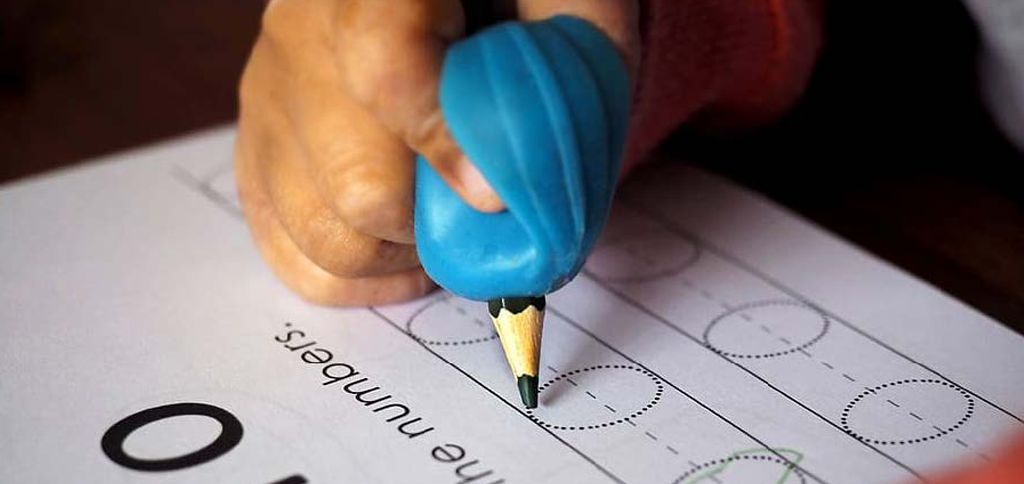
Examples of Formal Assessment
- Kindergarten Readiness Tests
Assess children’s preparedness for school in areas like literacy, numeracy, and social-emotional development. - Standardized Literacy Assessments
Using structured tools, evaluate letter recognition, phonemic awareness, vocabulary, and early reading comprehension. - Numeracy Skills Checklists
Used to test number recognition, counting, sorting, basic addition/subtraction, and pattern identification. - Developmental Screening Tools
Formal instruments such as the Ages & Stages Questionnaires (ASQ) monitor developmental milestones of cognitive, physical, and emotional development. - Curriculum-Based Assessments
Assessments that align with specific learning programs like Montessori or state-mandated early learning frameworks. - Language and Communication Tests
Structured evaluations of sentence formation, vocabulary range, and listening comprehension. - Motor Skills Evaluations
Physical or occupational therapists use formal tests to assess gross and fine motor coordination. - Performance-Based Assessments
Tasks where students must demonstrate specific skills—like following multi-step instructions or completing a structured art project—with scoring rubrics. - Behavioral Rating Scales
Used to evaluate attention, self-regulation, and behavior under standardized criteria. - Report Card Evaluations
End-of-term grading systems use rubrics or score sheets to summarize a child’s performance in key developmental domains.
What is Informal Assessment?
Many people picture checklists, tests, or structured evaluations when assessing preschoolers. However, some of the most meaningful insights about a child’s development come from something far more natural: informal assessment.
Informal assessment refers to teachers’ spontaneous, ongoing observations and interactions to monitor a child’s learning in real time. Unlike formal assessments, informal methods are not structured or standardized. They don’t follow a fixed format or require scheduled testing or scoring systems. Instead, informal assessments occur during daily routines, play, and classroom activities—providing a more organic and authentic view of how a child is developing.
In a preschool environment, this might look like a teacher watching how a child shares toys with peers, reacts during group storytelling, or solves problems with blocks during free play. These moments reveal a child’s social skills, emotional regulation, creativity, language use, and cognitive growth—all without a test paper.

Examples of Informal Assessment
- Anecdotal Observations
Teachers take brief, descriptive notes about children’s behavior, language, or problem-solving during activities. - เรื่องราวการเรียนรู้
Narrative-style documentation that captures meaningful moments of learning through storytelling and reflection. - Portfolio Collection
Gathering student work over time—like drawings, writing samples, or crafts—to showcase progress in various developmental areas. - Play-Based Observation
Watching children interact with toys, peers, and the environment to assess creativity, communication, and emotional skills. - Check-ins During Circle Time
Noting children’s engagement, listening skills, and participation during group discussions or lessons. - Photo and Video Documentation
Capturing learning moments on camera for later review, reflection, or parent communication. - Teacher-Child Conversations
Informal talks with students to assess understanding, vocabulary usage, or emotional responses in a relaxed setting. - Classroom Journals or Sketchbooks
Children document their thoughts or drawings, which teachers later review for insights into development and learning style. - Peer Interactions Monitoring
Observing how children collaborate, share, take turns, and resolve conflicts during social play. - On-the-Spot Questioning
Asking open-ended or guiding questions while children are working to gauge their thought process and comprehension.
The Difference Between Formal vs Informal Assessment
In early childhood education, understanding the difference between formal vs informal assessment is key to evaluating children’s development accurately and holistically. While both serve the same goal—supporting learning and growth—they operate in different ways, and each offers unique strengths in the preschool classroom.
| Category | Formal Assessment | Informal Assessment |
|---|---|---|
| คำนิยาม | A structured, standardized method of evaluating a child’s performance using tests or tools. | A spontaneous, ongoing method based on daily observation and interaction. |
| วัตถุประสงค์ | To measure academic achievement or developmental readiness with consistent criteria. | To understand a child’s learning process and behavior in real-life classroom settings. |
| Timing | Scheduled at fixed intervals (e.g., mid-year, end-of-year). | Conducted continuously throughout daily routines and play. |
| Tools Used | Tests, checklists, scoring rubrics, curriculum-based assessments. | Anecdotal notes, teacher observations, photo/video documentation, portfolios. |
| Grading System | Uses numeric scores, letter grades, or benchmarks. | No grades—feedback is qualitative and descriptive. |
| Data Type | Quantitative—results are often used for comparisons or reporting. | Qualitative—focused on individual development and unique learning patterns. |
| ความยืดหยุ่น | Rigid structure with little room for adjustment once implemented. | Highly adaptable; integrated into natural classroom interactions. |
| ขอบเขต | Narrower—focused on academic or skill-based competencies. | Broader—includes emotional, social, physical, and cognitive growth. |
| Child’s Experience | Can be stressful or unnatural for young children. | Comfortable, familiar, and developmentally appropriate. |
| Usefulness for Teachers | Helps in evaluating learning outcomes and curriculum effectiveness. | Aids in understanding individual learning styles and adjusting teaching strategies. |
| Parental Communication | Often used in formal parent-teacher conferences with documented results. | Shared through informal updates, narrative reports, or learning journals. |
| Comparison Between Students | Enables comparison across classrooms, schools, or programs. | It can be stressful or unnatural for young children. |
Purpose and Approach
Formal assessment is structured and standardized. It includes tools like checklists, tests, and rating scales to measure specific academic or developmental outcomes. It is typically conducted at scheduled times and is used for progress reports, evaluations, or curriculum alignment.
Informal assessment, on the other hand, is flexible and ongoing. It relies on teacher observations, conversations, and everyday interactions to gather insight. This approach captures a child’s learning in real time and context, especially during play or group activities.
Grading System
In formal assessments, grading systems are usually numerical or categorical. Children might be evaluated on a scale, percentage, or score sheet that aligns with a rubric. This allows for clear tracking over time and easy comparison between children or classrooms. However, in early education, such grading can sometimes misrepresent a child’s true capabilities, particularly if they are still developing test-taking skills or are affected by anxiety during structured tasks.
Informal assessments do not use grading in the traditional sense. Instead, teachers provide descriptive feedback or narrative observations. They might write notes in a child’s portfolio or reflect verbally in team meetings. This qualitative approach offers a richer view of a child’s behavior and thinking, though it can be more challenging to quantify or present in data reports.
ขอบเขต
Formal assessments tend to have a narrower scope. They often focus on specific academic targets such as literacy, number recognition, and fine motor control. Because they are time-bound and curriculum-aligned, they may fail to account for emotional, social, or creative development unless additional tools are applied.
In contrast, informal assessment covers a broader developmental scope. Teachers can assess communication skills during play, problem-solving during free exploration, or collaboration in group projects. It allows them to monitor emotional responses, curiosity, leadership, and even resilience—qualities critical in early learning but hard to test formally.
By using daily informal assessment, educators gain a more complete picture of the child’s holistic development, which formal tools often miss.
Flexibility and Child Experience
One of the most significant differences in formal vs informal assessment lies in flexibility. Formal assessments follow a fixed schedule and format. They are conducted at specific intervals and require the same procedures for each child, ensuring consistency and objectivity. While this is important for standardization, it also means that the assessment cannot adapt to a child’s mood, context, or environment.
Informal assessments, by design, are highly flexible. Teachers can assess children at any moment—during a story, at snack time, or while playing outside. They can also choose when and how to document behaviors. This flexibility makes informal assessment ideal for young learners who may not respond well to structured evaluations.
Moreover, informal assessment respects the child’s rhythm, allowing evaluation to happen when the child is most engaged and comfortable.
Score Comparison
Formal assessment results are typically used for comparison between students, across classrooms, or even among institutions. This comparative nature helps with benchmarking, but may not always serve the individual child. Children develop at different rates in preschool, and comparisons can create unnecessary pressure or misinterpretation.
In an informal assessment, there is no direct comparison. Each child is evaluated based on their progress, not against peers. Teachers focus on individual growth, emerging skills, and developmental readiness, making informal assessment more personal and respectful of diverse learning paths.
Why It’s Important to Understand the Difference Between Formal vs Informal Assessment?
In early childhood education, how we assess children is just as important as what we teach them. Yet many educators and school leaders struggle to effectively balance formal vs informal assessment. While both play essential roles in understanding student growth, using them interchangeably or without clarity can lead to misleading results, misplaced instruction, or overlooked learning opportunities.
Supports More Accurate Child Development Tracking
Understanding the distinction between formal vs informal assessment ensures that educators collect well-rounded, meaningful data about a child’s progress. Formal assessments, like standardized tests or skill checklists, provide measurable results that can be tracked over time. These are ideal for monitoring academic growth in literacy, numeracy, or ทักษะการเคลื่อนไหว.
However, informal assessments—like observing how a child solves problems during play or interacts with peers—offer insights into social, emotional, and creative development. When teachers recognize the unique strengths of each method, they can avoid overreliance on test scores and instead paint a complete picture of each child’s abilities and needs.
Without this balance, significant areas of a child’s growth may be missed, especially in the early years when development is non-linear and varies widely between individuals.

Improves Instructional Planning and Adaptation
Educators who understand the roles of formal vs informal assessment can better adapt their teaching strategies in real time. Formal results often guide long-term planning, such as choosing curriculum materials or designing group-level interventions. These assessments help identify gaps in academic understanding that require structured reinforcement.
Meanwhile, informal observations allow for immediate instructional adjustments. For example, if a teacher notices several students struggling with fine motor control during an art activity, they can introduce targeted exercises the next day. Informal assessment fosters responsiveness, which is essential in a dynamic preschool environment.
By distinguishing between these assessment types, teachers can take a more proactive, child-centered approach to classroom planning and differentiation.
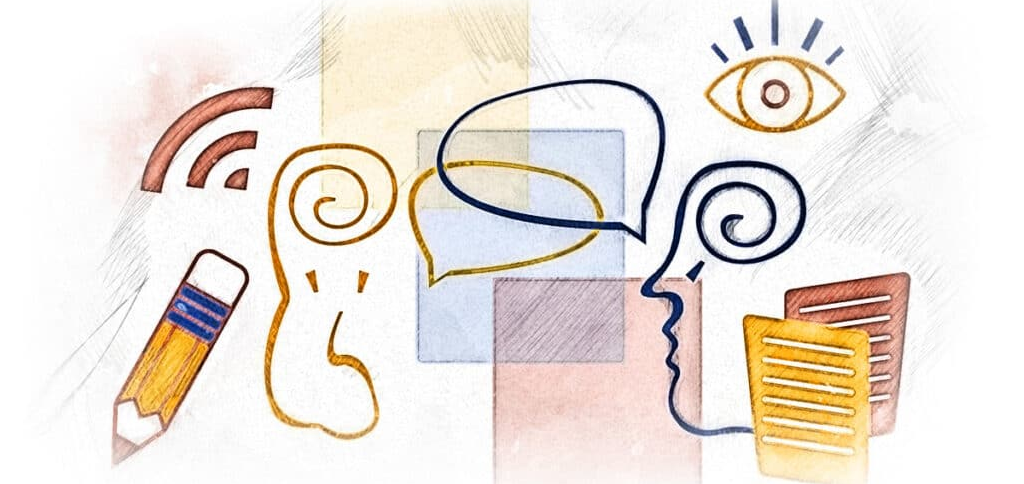
Strengthens Communication with Families and Teams
Another critical reason to understand formal vs informal assessment is communication—especially with parents, co-teachers, and school administrators. When a teacher can clearly explain a child’s test results and daily behaviors, parents are more likely to trust and engage with the learning process.
Formal assessments are helpful during parent-teacher conferences when structured reports or benchmarks are needed. However, informal assessments give depth to those conversations. For instance, a child might score low on a reading test, but their teacher can share stories of how the child loves storytelling or shows strong comprehension through role-play. This combined narrative helps parents see beyond numbers and into their child’s real growth.
Internally, it also supports stronger collaboration among staff, making team discussions more data-driven yet emotionally attuned to each child’s unique journey.

Enhances Program Quality and Compliance
Formal assessments are required for compliance and funding in many preschool programs, particularly those regulated by national or regional standards. These tools demonstrate program quality and ensure developmental goals are met across cohorts.
However, relying only on formal tools may not reflect what’s happening in the classroom. By incorporating both formal vs informal assessment, educators provide richer evidence of learning, which can strengthen inspections, grant applications, or curriculum evaluations.
Program leaders who understand this balance are better equipped to design well-rounded assessment policies that satisfy compliance requirements and educational integrity.
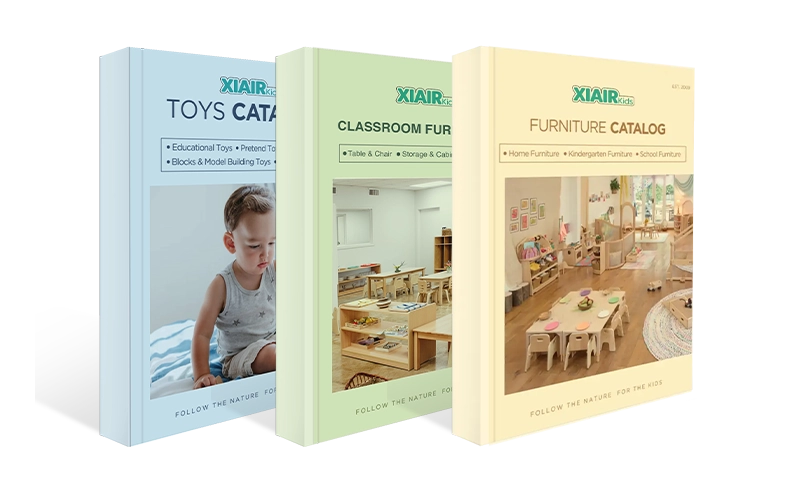
Receive a free catalog and custom layout to help you design your ideal classroom easily.
Advantages and Limitations of Formal vs Informal Assessment
Assessing children’s development is a daily and long-term strategy in early childhood education. But what’s the best way to evaluate learning in preschool? That’s where the conversation around formal vs informal assessment becomes central.
Both approaches offer value, and each has its own set of strengths and weaknesses. Understanding the advantages and limitations of formal vs informal assessment helps educators create a balanced approach to tracking student progress while honoring the whole child.
Advantages of Formal Assessment
Formal assessment provides structure, consistency, and measurable data that many schools and education systems rely on. One key advantage is standardization. Formal assessments evaluate every child using the same criteria, allowing teachers and administrators to compare results across students, classrooms, or districts.
Formal tools often align with curriculum goals or national early learning standards, ensuring children progress toward established developmental milestones. These assessments are typically scored using rubrics, checklists, or grading scales, giving educators clear documentation of learning outcomes.
This type of assessment also supports communication with parents. When teachers share standardized test results or end-of-term evaluations, parents gain insight into their child’s academic readiness. For administrators, formal assessment is helpful for program evaluation, funding applications, and meeting reporting requirements.
Limitations of formal Assessment
Formal assessments often focus on academic skills like counting or reading, but may overlook critical areas such as creativity, emotional growth, or social interaction. This narrow focus is a key reason educators emphasize balancing formal vs informal assessment when evaluating young children.
These assessments also lack flexibility. They’re usually administered at fixed times, in structured settings, which can make children feel anxious or disconnected. A child might perform poorly simply due to mood or environment, not ability, limiting the accuracy of the results.
Finally, formal assessments may not reflect diverse learning styles or cultural backgrounds. Standardized tools don’t always capture a child’s full potential. That’s why combining formal vs informal assessment methods gives a more complete, inclusive picture of each child’s development.

Advantages of Informal Assessment
On the other hand, informal assessment offers a natural, flexible, and child-centered way of tracking development. It allows educators to observe children in real-life settings—during play, group work, or daily routines—and gather insights that tests can’t provide.
One of informal assessment’s greatest strengths is its holistic nature. Teachers can observe language development, emotional responses, creativity, and social interaction without disrupting the child’s experience. These observations can be documented through notes, photos, learning stories, or portfolios, providing a rich, detailed record of progress.
Informal assessments are also continuous. Teachers don’t need to wait for a test date—they constantly gather valuable information through everyday classroom moments. This immediate feedback allows educators to adapt lessons, provide extra support, or encourage deeper learning as needed.
Limitations of Informal Assessment
While informal assessment offers flexibility and depth, it also has its limitations. It lacks the consistency of formal assessment, making comparison across students or classrooms difficult. Because informal evaluations rely on the teacher’s judgment, there’s a risk of bias or inconsistency unless a clear observation framework is used.
Another challenge is documentation. Unlike formal tools that produce numerical data, informal assessment requires recording, interpreting, and sharing time. Without a structured process, valuable insights can be lost or miscommunicated.
Additionally, informal assessment may not always satisfy external requirements. Schools or governing bodies that expect quantifiable results may not accept anecdotal records or learning journals as sufficient evidence of student progress.

Blending Formal vs Informal Assessment for Best Results
When discussing formal vs informal assessment, it’s not about choosing one over the other—it’s about balance. Both are necessary to form a complete, accurate, and meaningful picture of a child’s learning journey.
An effective strategy combines the strengths of each:
- Use formal assessment to evaluate academic skills and meet reporting requirements.
- Use informal assessment to understand daily learning behavior, social interaction, and emotional development.
- Align both forms with developmental milestones, curriculum goals, and classroom planning.
This dual approach empowers teachers to make informed decisions, support each child’s needs, and confidently communicate progress with families and administrators.
How to Use Formal vs Informal Assessment in the Classroom?
Balancing formal vs informal assessment in the ห้องเรียนอนุบาล is an art and a strategy. While one gives you structured data, the other provides contextual insight. When used together effectively, they create a fuller picture of each child’s development and needs. But how can teachers practically apply both assessment types in a real-world classroom?
Plan with Purpose
Before applying any assessment, teachers must clearly define what they are assessing and why.
- Identify key developmental goals or curriculum standards.
- Align formal tools with school or state benchmarks.
- Determine what informal behaviors or skills will be observed (e.g., sharing, communication, motor coordination).
For example, if introducing a new numeracy unit, use formal methods to evaluate baseline understanding, then observe how children apply that knowledge during play.
Use Formal Assessment Strategically
Formal assessment should be scheduled and intentional—not overwhelming. In preschool, these tools must remain developmentally appropriate.
- Administer short, focused tasks such as letter recognition or shape matching.
- Use visual and interactive materials to reduce pressure.
- Schedule assessments during calm periods when children are most attentive.
Examples of classroom-friendly formal assessments:
- Literacy checklists every two weeks
- End-of-unit skill evaluations
- School readiness assessments are conducted each semester
Formal assessments are best used to track long-term academic growth and prepare reports for parents or administrators.

Observe Informally Every Day
Informal assessment occurs during everyday activities—one of a preschool teacher’s most potent tools. It offers a real-time glimpse into how children learn, socialize, and grow.
Ways to conduct an informal assessment:
- Watch how a child interacts with peers during group play.
- Listen to conversations to assess vocabulary and sentence structure.
- Take notes during snack time, circle time, or outdoor play.
You can use sticky notes, apps, or digital portfolios to log key observations quickly.
Benefits of informal assessment:
- No interruption to the learning flow
- Helps adjust teaching strategies immediately
- Builds a stronger connection between teacher and child
This assessment form is especially effective in Montessori and Reggio-inspired classrooms, where individualized learning and open-ended play are central.

Receive a free catalog and custom layout to help you design your ideal classroom easily.
How to Strike the Right Balance between Formal vs Informal Assessment?
In preschool and early childhood education, assessment is not just about measuring performance—it’s about understanding each child. That’s why knowing how to balance formal vs informal assessment is critical for any educator or school leader. If you rely too heavily on one, you risk missing essential aspects of a child’s development. But when both are used in harmony, the results are powerful: better teaching, better learning, and deeper insights.
Use Formal Assessment for Measurable Goals
Formal assessment is essential when you need precise, objective data. In a preschool classroom, that might include checking for early literacy, counting skills, or fine motor development. These tools—checklists, rubrics, or developmental screening forms—allow educators to evaluate progress against specific standards or benchmarks.
However, formal tools should not be overused. Testing fatigue is real in early childhood; if a child becomes anxious or disengaged, the results won’t reflect their ability. That’s why formal assessments should be brief, age-appropriate, and used at strategic points—such as the beginning, middle, or end of a term.
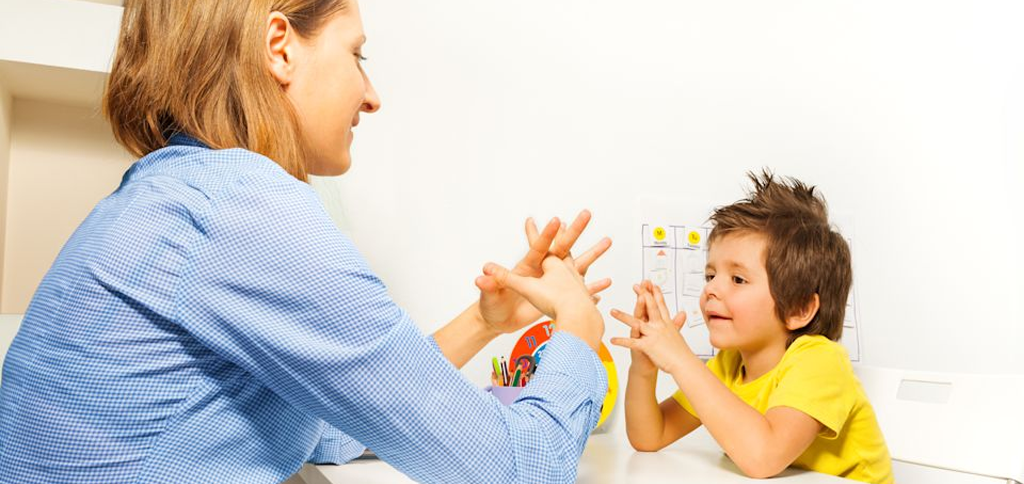
Let Informal Assessment Guide Daily Instruction
While formal methods offer structure, informal assessment brings flexibility and context. It allows teachers to observe how children apply skills during real activities—through play, art, conversation, and daily routines.
Informal assessments are often spontaneous. A teacher may notice how a child solves a puzzle, listens during story time, or collaborates during group play. These observations give insight into a child’s social-emotional development, creativity, and problem-solving—all areas that formal tools often overlook.
Because these observations happen naturally, they are less stressful for children and more reflective of their authentic abilities.
Combine Both for a Holistic View
The key to striking the right balance between formal vs informal assessment is combining both approaches across your teaching practice. For example:
- Begin a unit with informal observations to gauge baseline understanding.
- Use a formal short evaluation midway to measure academic progress.
- Continue using informal methods to guide instruction day-to-day.
- Finish the unit with both a formal assessment and a portfolio review.
This combined approach gives educators the data and the developmental context they need to make informed decisions.
คำถามที่พบบ่อย
1. Can formal and informal assessments be used with very young children (under 3 years old)?
Yes. While toddlers may not respond well to structured testing, formal vs informal assessment elements can still be used. Informal methods like daily observation during play, feeding, or social interaction work best for this age group. However, when used periodically, formal tools such as milestone checklists can help detect early developmental concerns.
2. How can we train teachers to apply formal vs informal assessment correctly in the classroom?
To effectively implement formal vs informal assessment, staff must be trained to understand both structured tools and spontaneous observation techniques. This includes learning how to document informal moments accurately, interpret formal scoring rubrics, and recognize developmental cues. Ongoing professional development helps teachers use both methods consistently and confidently.
3. How frequently should we combine formal vs informal assessment results for curriculum planning?
Integrating formal vs informal assessment should happen continuously. Informal insights can guide day-to-day teaching, while formal assessments may be reviewed biweekly or monthly. Combined, they help teachers identify trends, spot learning gaps, and adjust curriculum pacing or classroom strategies based on a complete understanding of each child.
4. What are the risks of using only one type in formal vs informal assessment?
Using only one method in formal vs informal assessment can create blind spots. Sole reliance on formal tests may ignore emotional, social, or creative growth, while only using informal observations may miss measurable academic concerns. A balanced use prevents misjudgment, reduces bias, and supports a child’s full range of development.
5. How does formal vs informal assessment improve parent-teacher communication?
Formal vs informal assessment enhances communication by giving a more complete picture of a child’s development. Formal data (like scores or checklists) gives parents measurable progress, while informal documentation (like stories or observations) provides context and personality. They foster trust, improve transparency, and encourage stronger parent involvement in the learning process.
บทสรุป
Understanding the difference between formal vs informal assessment is essential for building an effective, child-centered evaluation system in early education. While formal assessments offer structure, standardization, and measurable outcomes, informal assessments provide rich, contextual insight into a child’s daily behaviors, emotional growth, and learning style. When used together thoughtfully, these two methods allow educators to track development holistically, adapt instruction in real time, and communicate progress meaningfully with families. The key is not choosing one over the other—but striking the right balance to ensure every child is seen, supported, and celebrated at every stage of learning.

